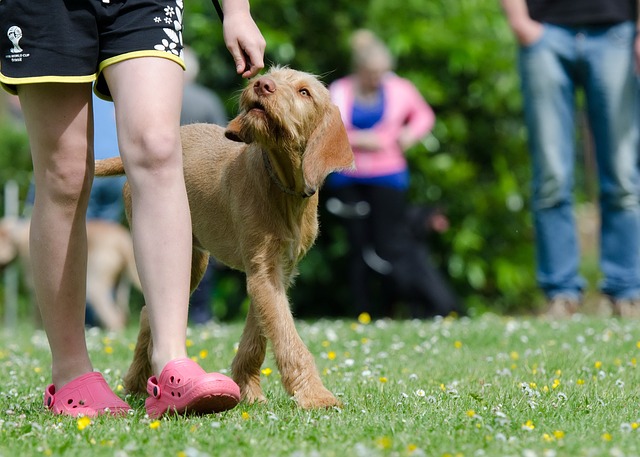
Welcoming a puppy into your home is a joyful occasion, filled with the promise of companionship and love. However, the journey to raising a well-adjusted dog begins long before they settle into their new surroundings. The early experiences your pup encounters are pivotal, influencing not just their behavior but their overall emotional health. During these formative weeks and months, a puppy’s interactions with the environment, people, and other animals help establish the framework of their personality and social skills. This dog guide will explore essential roles early experiences play in shaping your dog’s future behavior, offering insights into how you can create a nurturing atmosphere that supports positive development and fosters a happy, confident canine companion.
Socialization with Humans and Other Animals
 One of the most critical aspects of a dog’s early experiences is socialization. Puppies exposed to various people and animals in their formative weeks tend to develop better social skills. This exposure helps them learn how to interact appropriately, reducing the likelihood of fear-based behaviors or aggression later in life. Positive encounters with humans and other pets can foster a sense of confidence and security, making your dog more adaptable in different situations.
One of the most critical aspects of a dog’s early experiences is socialization. Puppies exposed to various people and animals in their formative weeks tend to develop better social skills. This exposure helps them learn how to interact appropriately, reducing the likelihood of fear-based behaviors or aggression later in life. Positive encounters with humans and other pets can foster a sense of confidence and security, making your dog more adaptable in different situations.
Exposure to Different Environments
Introducing your puppy to various environments is vital for its development. Whether it’s bustling urban areas, quiet parks, or busy households, each setting teaches your dog how to navigate new experiences. This exposure helps mitigate anxiety and fear of the unknown, allowing your dog to feel more comfortable in unfamiliar situations as it grows. By familiarizing them with diverse environments early on, you help create a well-rounded and resilient canine companion.
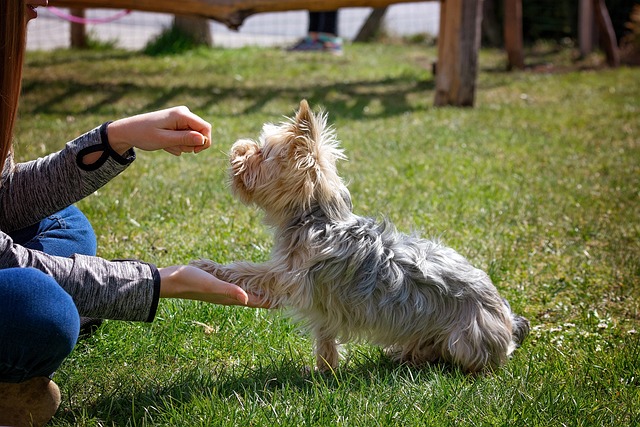
Encouragement of Positive Behavior
Early experiences play a significant role in shaping a dog’s behavioral responses. Puppies who receive consistent training and positive reinforcement from a young age learn to associate good behavior with rewards. This method encourages them to repeat those behaviors throughout their lives. Teaching commands, social skills, and appropriate play behavior during these early months lays the groundwork for a well-behaved adult dog.
Developing Coping Mechanisms
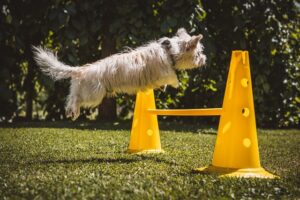 Early experiences can also help dogs develop essential coping mechanisms for stress and anxiety. Exposing puppies to varied stimuli, such as different sounds, sights, and textures, allows them to learn how to handle stressors effectively. This exposure prepares them for the unpredictability of life, teaching them that new experiences don’t have to be frightening. By guiding them through these moments, you equip your dog with tools to manage stress as they mature.
Early experiences can also help dogs develop essential coping mechanisms for stress and anxiety. Exposing puppies to varied stimuli, such as different sounds, sights, and textures, allows them to learn how to handle stressors effectively. This exposure prepares them for the unpredictability of life, teaching them that new experiences don’t have to be frightening. By guiding them through these moments, you equip your dog with tools to manage stress as they mature.
Forming Trust and Bonding
Trust and bonding are integral components of a healthy human-dog relationship. Positive interactions during a dog’s early life help establish a strong bond between the puppy and its owner. When a puppy is treated with kindness and patience, it learns to trust its human companion. This foundation of trust is crucial for future training and overall behavioral development, as dogs that feel secure in their relationships are more likely to be open and responsive.
The early experiences your dog undergoes are crucial in determining its future behavior and personality. By prioritizing socialization, exposure to different environments, positive reinforcement, coping mechanisms, and building trust, you set your canine companion up for a happy and well-adjusted life. Understanding the importance of these formative experiences allows you to provide the best possible start for your furry friend. Ultimately, being intentional about your dog’s early experiences is an investment in their behavior and the quality of your companionship. With the proper guidance, you can help your dog navigate the world with confidence and joy.


 The key to a healthy reef tank is to control the reef lighting schedule. Reef lights play a significant role in the growth of algae in your tank. To prevent algae overgrowth and maintain coral health, it’s essential to establish a proper lighting schedule. Moreover, you want to ensure that your reef lights are not left on for extended periods.
The key to a healthy reef tank is to control the reef lighting schedule. Reef lights play a significant role in the growth of algae in your tank. To prevent algae overgrowth and maintain coral health, it’s essential to establish a proper lighting schedule. Moreover, you want to ensure that your reef lights are not left on for extended periods. 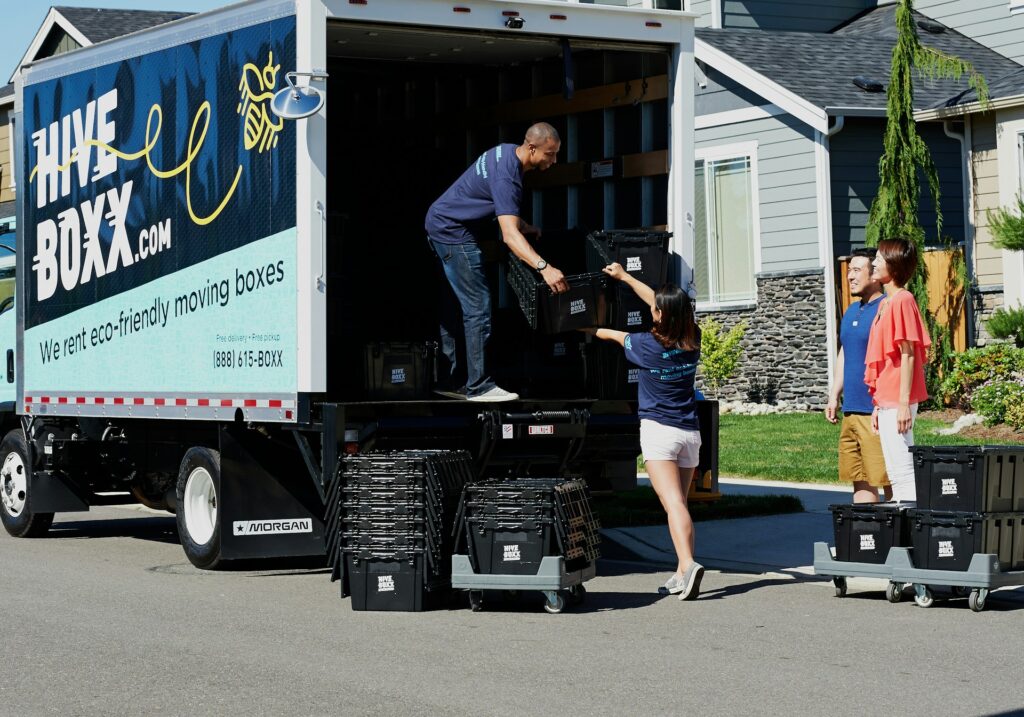



 One of the best things about fashion is that it’s meant to be shared. So when you find something you love, don’t be afraid to show it off! Fashion influencers are constantly posting new outfit ideas and inspiration on their social media accounts, so make sure you’re following them so you can see what’s new. And if you find an outfit you love, don’t be afraid to share it with your friends. They’ll appreciate the inspiration.
One of the best things about fashion is that it’s meant to be shared. So when you find something you love, don’t be afraid to show it off! Fashion influencers are constantly posting new outfit ideas and inspiration on their social media accounts, so make sure you’re following them so you can see what’s new. And if you find an outfit you love, don’t be afraid to share it with your friends. They’ll appreciate the inspiration.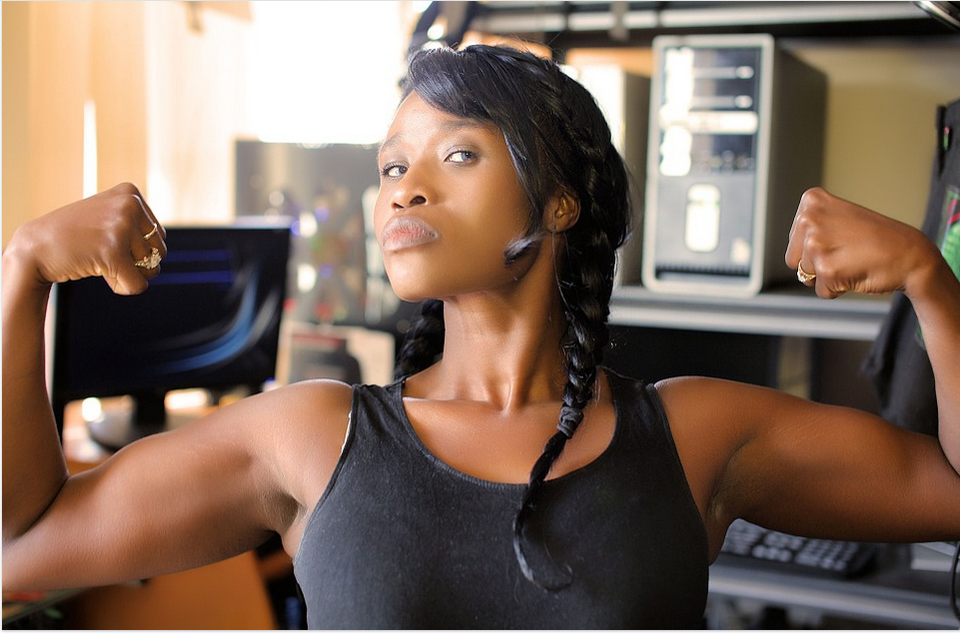
 In our daily activities, muscles are engaged a lot hence making them vulnerable to conditions such as muscle wasting. Some supplements that are non-steroid such as ibutamoren can help in the growth of muscle cells. Besides, increasing the mass of the lean muscles, they restore bones suffering from erosion, or have become brittle, to healthy conditions. Since muscles are largely attached to bones, the use of these supplements is beneficial.
In our daily activities, muscles are engaged a lot hence making them vulnerable to conditions such as muscle wasting. Some supplements that are non-steroid such as ibutamoren can help in the growth of muscle cells. Besides, increasing the mass of the lean muscles, they restore bones suffering from erosion, or have become brittle, to healthy conditions. Since muscles are largely attached to bones, the use of these supplements is beneficial. A healthy diet is necessary for better physical performance and muscle strength. It would be best if you ate meals that have a variety of nutrients, one that is dense and has a mix of carbohydrates, proteins, vitamins, and healthy fats. The carbs provide the energy for exercises and restock energy reserves in the muscles in the form of glycogen.
A healthy diet is necessary for better physical performance and muscle strength. It would be best if you ate meals that have a variety of nutrients, one that is dense and has a mix of carbohydrates, proteins, vitamins, and healthy fats. The carbs provide the energy for exercises and restock energy reserves in the muscles in the form of glycogen. When building muscles, your interest should be workouts that engage several muscle groups in a single movement instead of those that work for only one muscle group. Such exercises are referred to as compound exercises and include barbell squats, bench press, and overhead press.
When building muscles, your interest should be workouts that engage several muscle groups in a single movement instead of those that work for only one muscle group. Such exercises are referred to as compound exercises and include barbell squats, bench press, and overhead press.

